1. Floral Sofas
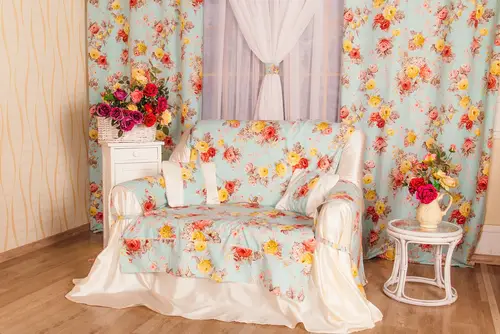
Oversized floral prints were everywhere in Gen X living rooms. They were considered cheerful, homey, and traditional. Entire sets—sofa, loveseat, and armchair—often came in the same busy pattern. At the time, it was the height of suburban style.
Looking back, the prints were overwhelming and clashed with just about everything. They also dated a room instantly, making it feel like grandma’s house even when it was brand new. Once the trend faded, resale value on those sofas was nonexistent. They’re now remembered as bulky and hard to decorate around.
2. Vertical Blinds
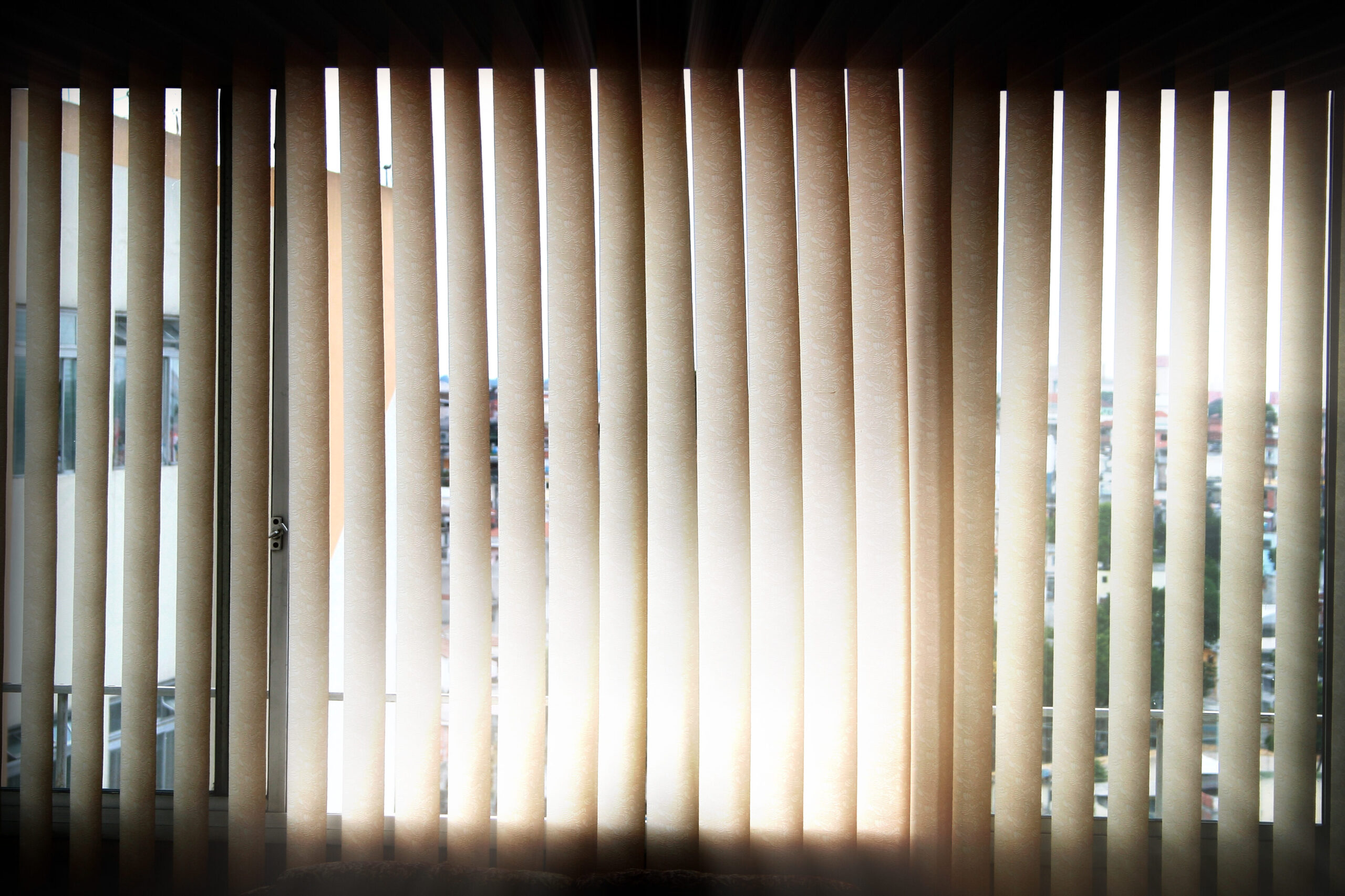
In the ’80s and ’90s, vertical blinds were the go-to window treatment. They were marketed as sleek, practical, and a step up from heavy curtains. Lots of apartments and suburban homes had them because they were cheap and easy to install. At the time, they seemed like a modern alternative.
The problem is, they’ve aged into a symbol of sterile rentals. They break easily, make a clattering noise, and rarely hang straight after a few years. Their plastic look doesn’t exactly scream “warm and welcoming.” Today, they’re one of the first things homeowners rip out.
3. Glass Block Walls
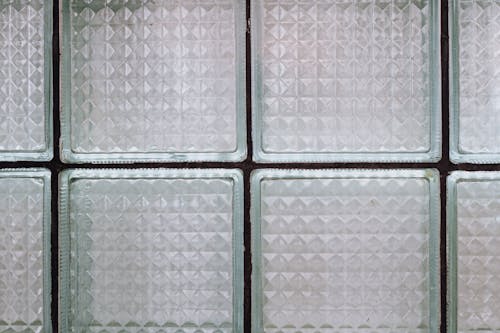
Glass block walls were once seen as futuristic and stylish. They let in light while offering privacy, which made them a popular choice in bathrooms and entryways. For a while, they felt cutting-edge and even glamorous. But their bulky, industrial look hasn’t held up.
Now, glass blocks feel cold and awkward compared to modern glass panels. They’re also a nightmare to update or replace since they’re built directly into walls. Instead of light and airy, they tend to make spaces feel heavy. What was once chic now reads as dated architecture.
4. Carpet in Bathrooms
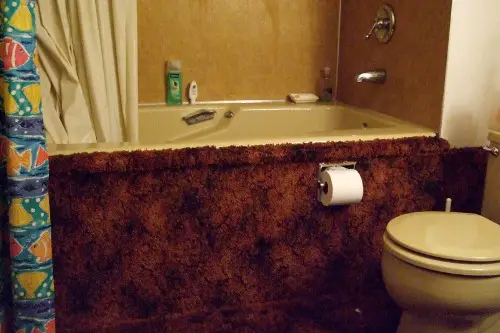
It seemed cozy at the time: stepping out of the shower onto soft carpet instead of cold tile. Many Gen X households embraced the trend, thinking it made bathrooms more comfortable. It was also cheaper to install than tile or stone. On paper, it sounded like a win.
In reality, bathroom carpet was a hygiene disaster. It trapped moisture, mildew, and smells, and it was nearly impossible to clean. Over time, the carpet would discolor and warp from constant dampness. Today, it’s a cautionary tale in bad design choices.
5. Sponge Painting
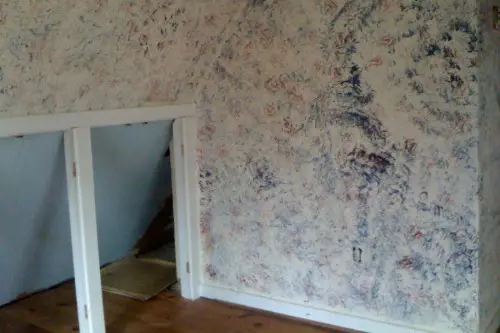
Sponge-painted walls were a DIY sensation in the ’80s and ’90s. Magazines encouraged homeowners to grab a sponge and paint for “instant texture.” The idea was to add depth and character without hiring a pro. For a while, everyone had a bathroom or bedroom with blotchy walls.
Unfortunately, the results rarely looked as good as the magazine examples. Sponge painting usually made walls look messy and dated instead of stylish. Once the trend passed, covering it up took multiple coats of paint. It’s one of those projects people regret attempting.
6. Waterbeds
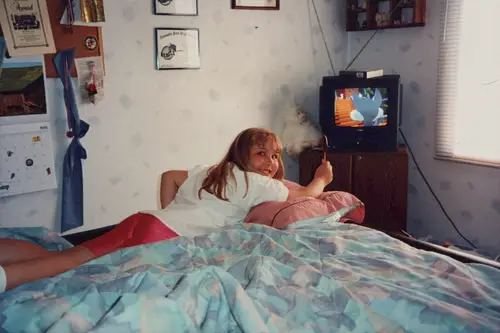
Waterbeds were marketed as futuristic luxury in the ’80s and early ’90s. They promised better sleep, temperature control, and even health benefits. They also had a certain “cool” factor that made them popular with young couples. Owning one felt like being ahead of the curve.
The reality was far less glamorous. Waterbeds were heavy, prone to leaks, and difficult to move. Many people found the sloshing motion uncomfortable rather than relaxing. They’ve mostly disappeared from bedrooms, remembered as more gimmicky than groundbreaking.
7. Brass Everything
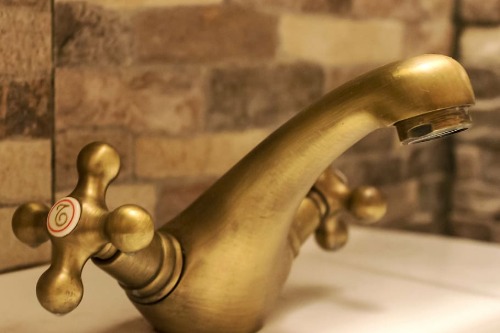
Shiny brass fixtures dominated homes in the ’80s and early ’90s. Faucets, light fixtures, cabinet handles—you name it, it was brass. The look was meant to be opulent and timeless. Instead, it quickly became a symbol of outdated interiors.
Over time, brass tends to tarnish and show fingerprints, which made upkeep frustrating. Homeowners eventually traded it in for brushed nickel, chrome, or matte black finishes. While brass has made a more subtle comeback in recent years, that original shiny version feels stuck in the past. It’s décor shorthand for “1992 remodel.”
8. Popcorn Ceilings
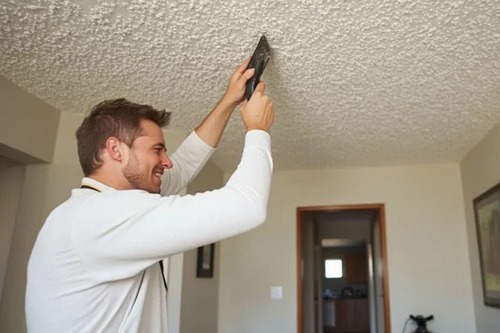
For decades, popcorn ceilings were considered a must-have in new homes. Builders loved them because they were cheap to apply and helped hide imperfections. At the time, they felt modern and practical. But now they’re widely considered eyesores.
The texture not only looks dated but is also notorious for collecting dust and cobwebs. Many older homes still have them, and removing them is messy and expensive. Plus, some were made with asbestos, which makes them a health hazard. What once felt like progress has become a renovation headache.
9. Mirrored Closet Doors
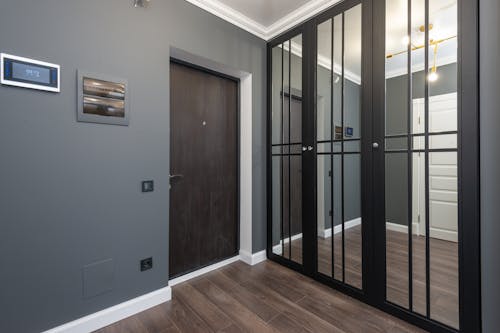
Sliding mirrored doors felt like a sleek update to bedrooms. They made small spaces look bigger and doubled as full-length mirrors. Many Gen X homes featured them in master bedrooms. At the time, they felt stylish and practical.
Today, they’re more associated with dated apartments than high design. They scratch easily, rattle on the tracks, and are hard to keep clean. Instead of elegant, they often make a room feel cheap. Modern homeowners prefer wood or custom built-ins instead.
10. Country Ducks and Geese

In the ’80s, no kitchen was complete without duck or goose décor. You’d find them on wallpaper borders, cookie jars, and even fabric patterns. Blue ribbons around their necks were practically a requirement. It was marketed as cozy country charm.
The problem is, the look aged into kitsch almost immediately. By the mid-’90s, many people were sick of looking at cartoon poultry in their kitchens. The style is now remembered more as a decorating punchline. Few trends fell out of favor as fast as the country goose.
11. Wallpaper Borders
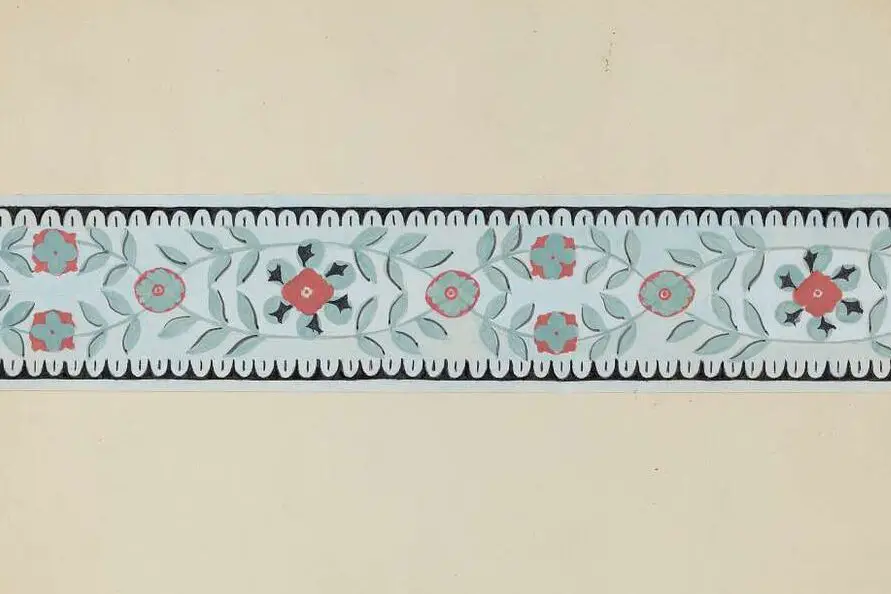
Wallpaper borders were a quick way to dress up a room. They usually ran along the ceiling or middle of the wall, often with floral or themed prints. They were meant to add personality without the commitment of full wallpaper. For a while, they were everywhere.
Unfortunately, they made rooms feel cluttered and busy. Borders were also a pain to remove, especially when layered over paint. Once the style faded, they instantly made a home look stuck in the past. Today, they’re more associated with DIY regret than good design.
12. Balloon Valances
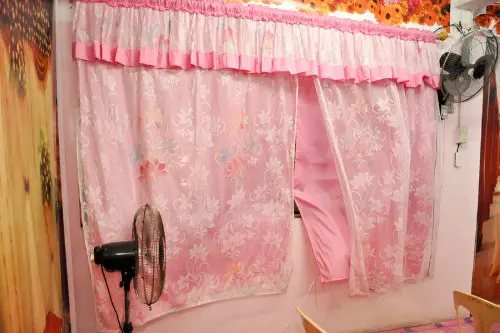
Balloon valances topped windows with puffy fabric swags. They were meant to look elegant and full, like something out of a stately home. In practice, they looked fussy and outdated almost immediately. Still, many Gen X homes proudly featured them in living and dining rooms.
The heavy fabric often collected dust and blocked natural light. They also clashed with the minimal trends that followed in the 2000s. Instead of sophistication, they read as overdone and impractical. They’ve become shorthand for ’80s excess in interior design.
13. Shoulder Pads
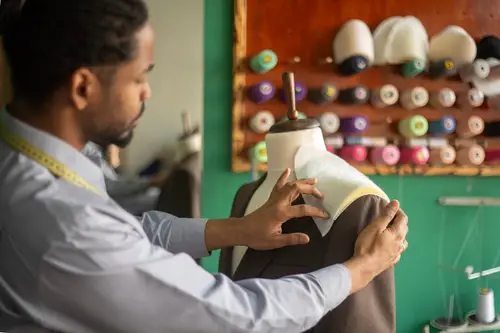
Though more fashion than decor, shoulder pads deserve a spot on this list. They were everywhere in Gen X wardrobes, from office blazers to casual sweaters. The idea was to project power and structure, especially for women entering male-dominated workplaces. For a while, it worked.
But the exaggerated silhouettes quickly looked cartoonish. The pads shifted, sagged, and often made clothes fit awkwardly. When the trend faded, it left a lot of unflattering photos behind. While they’ve made occasional comebacks, the original oversized versions haven’t aged gracefully.
This post 13 Gen X Trends That Aged Worse Than Anyone Predicted was first published on Greenhouse Black.
